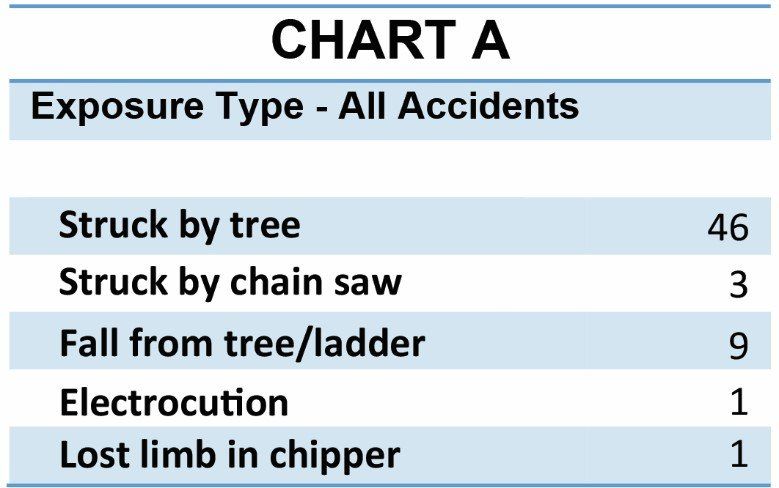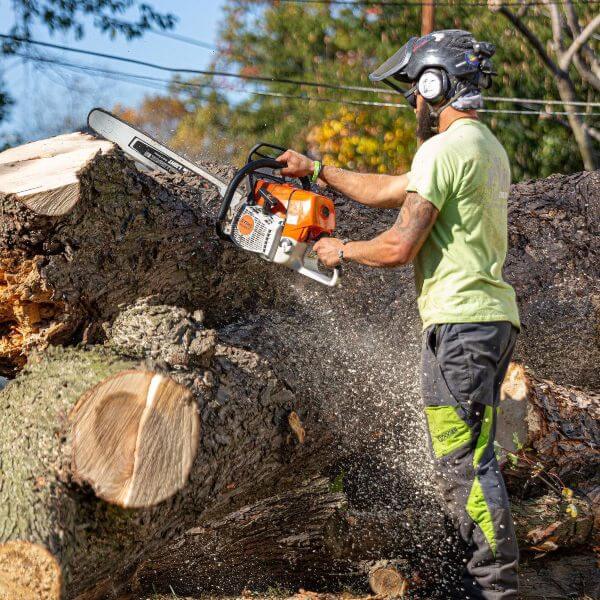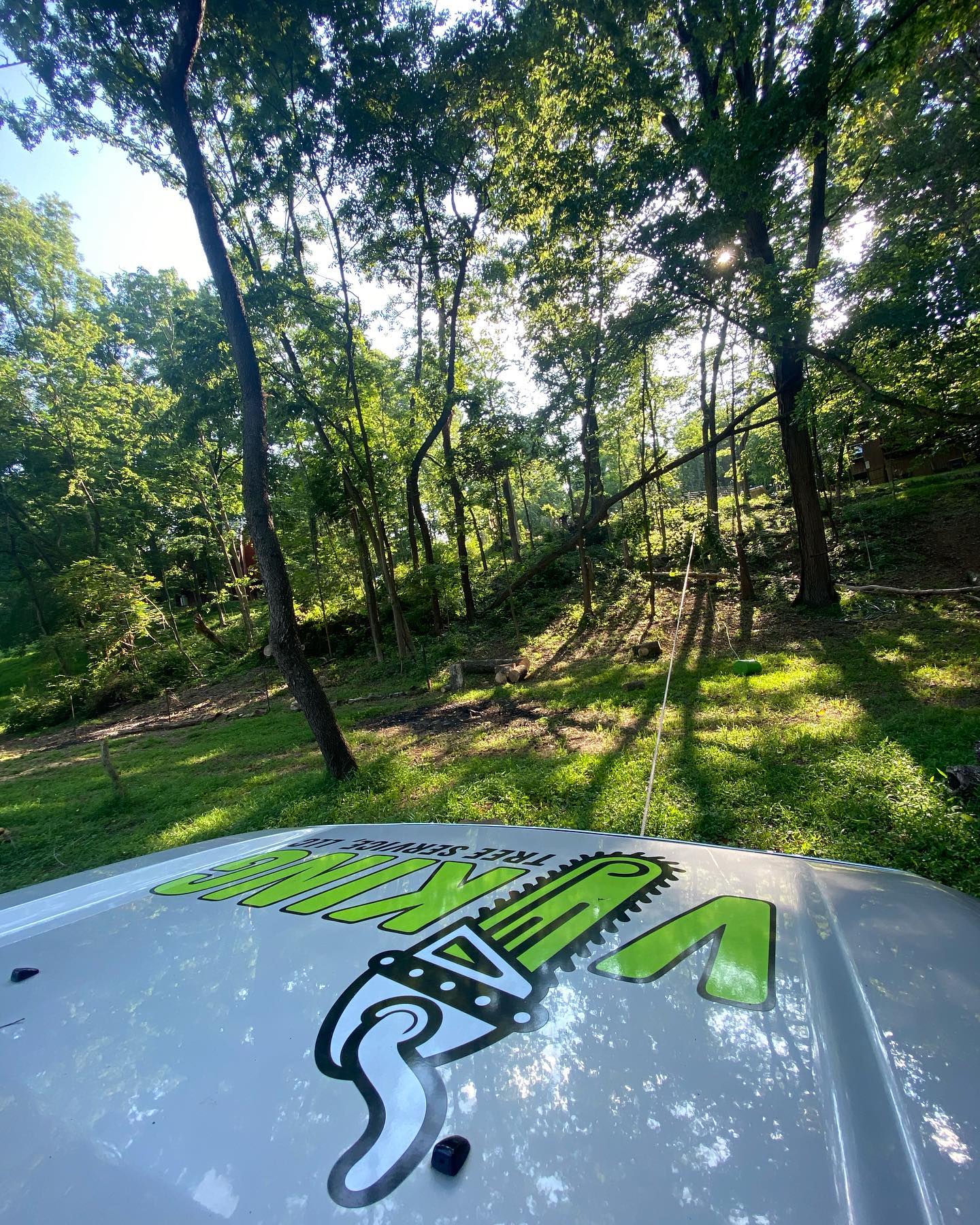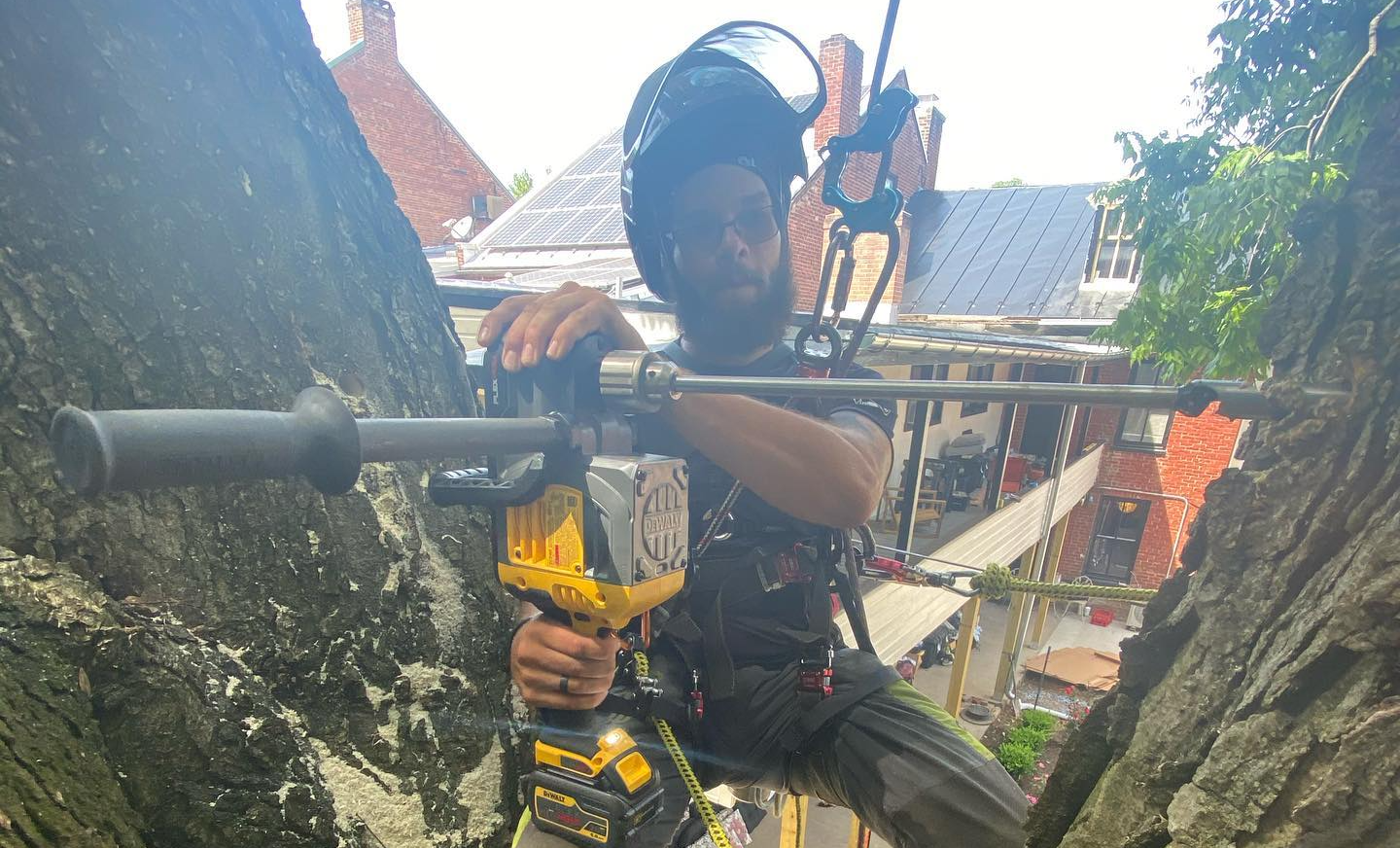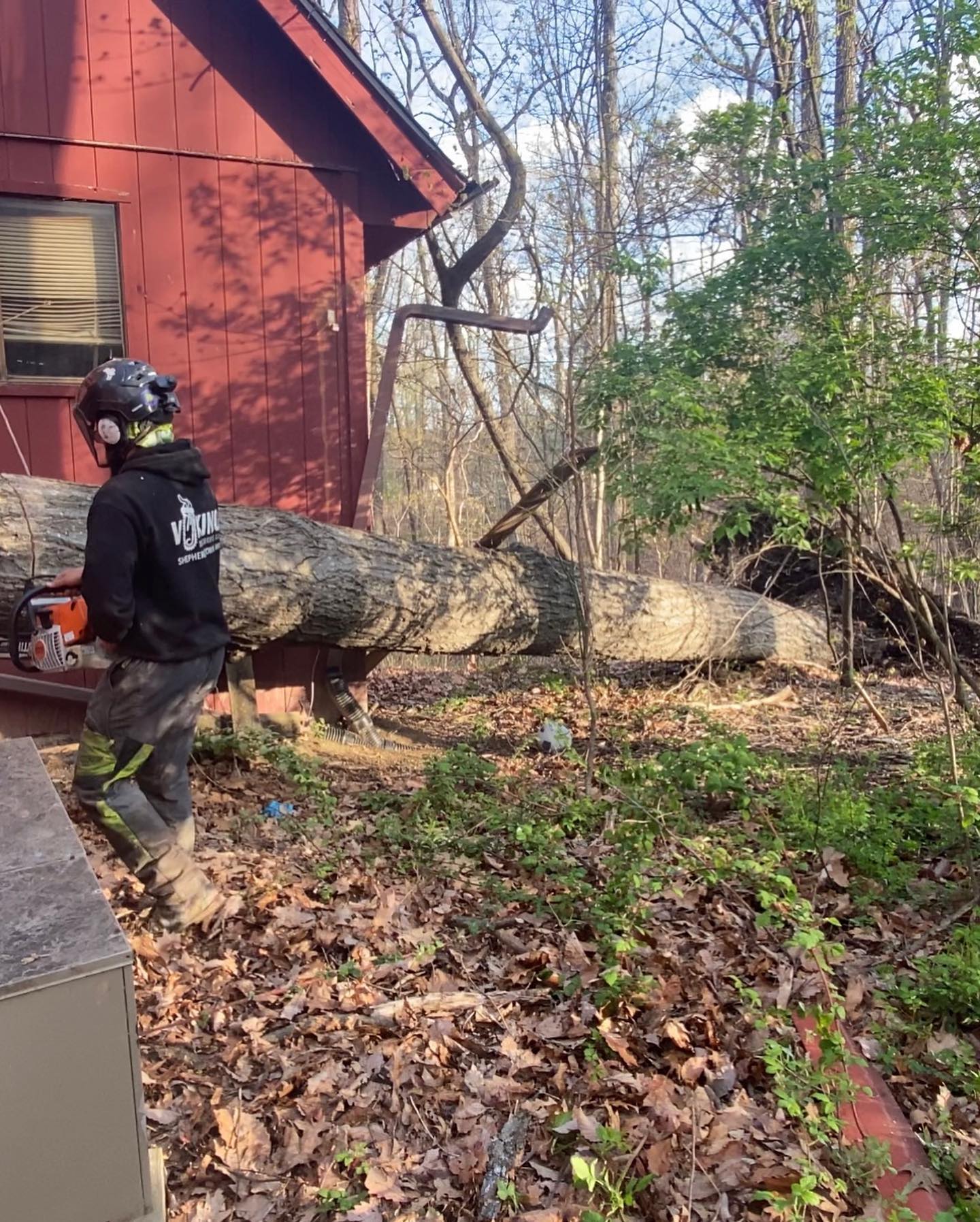The median age of the victim was 43, and the oldest victim was 85. The youngest reported victim was a 2-year-old toddler who was 50 feet away when the tree his father was cutting fell the wrong way, tragically, striking and killing the child. Four of the 41 victims, including the 2-year-old, were uninvolved bystanders.
Most homeowners were struck by a tree while attempting to fell it, or were hit by limbs, wires or chain saws. Others fell or were electrocuted. Chart A provides more details on the accidents.
In two-thirds of all cases where it could be determined, the victims undertook hazardous tree work with nobody to spot them, nobody to assist them and nobody to advise them when it might have been prudent to stop and seek out an expert.
